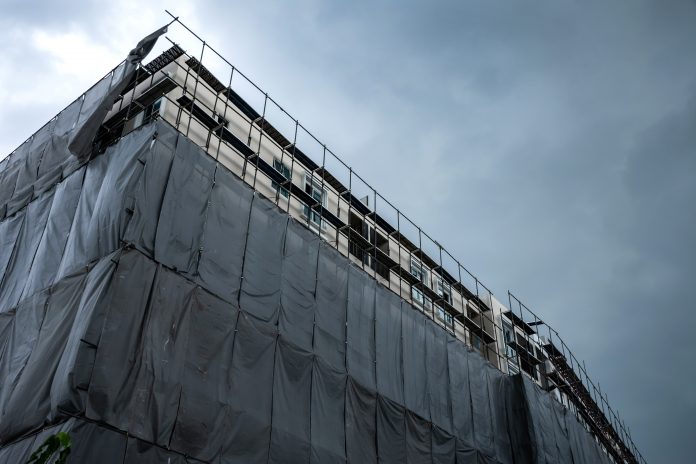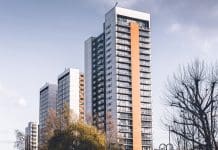The publication of the Building Safety Bill last month was touted as a once in a generation opportunity to improve how buildings are designed, Richard Waterhouse, NBS’ chief strategy officer, explores the bill in more detail
While there is a focus on high-risk residential buildings (those taller than 18m), the bill’s scope goes far beyond this, giving us an idea of what aspects of the construction sector the Government considers problematic.
Architects, building approvals/inspectors and construction products look set to see sweeping reforms. These will all see new requirements around competency, collaboration and presenting information digitally in a joined-up fashion, using ‘the golden thread’.
For construction products, a new regulatory framework will be introduced, including a statutory list of ‘safety-critical’ products. Architects will see a push on continuous professional development with new registration requirements. However, the biggest changes are reserved for the approvals and inspection regime.
Transforming the regulatory environment
At its heart is the creation of a new regulator, who will take responsibility for regulating the design, construction and operation of high-rise residential buildings. The new regulator will operate as part of the Health and Safety Executive, and the new regulatory environment will closely follow that of the Construction Design Management, (CDM) regulations. As such, five new ‘duty holder’ roles will be created: client, principal designer, principal contractor, designer and contractor.
These people will have a duty to collaborate and share information, including the new building inspection and approvals roles.
Buildings that will fall into scope are high-risk residential buildings, i.e. those buildings that are taller than 18 metres. The height requirement is expected to drop to 11 meters and other types of homes look likely to be incorporated too.
The draft bill’s accompanying documentation indicates that there are approximately 13,000 existing buildings within the initial scope, with an expectation that a further 400 buildings will be built annually. Each one of these will have to conform to the requirements of the new Building Safety Bill.
Regulation of all buildings ‘in scope’ of the new Bill will fall under the new regulator. On multi-building sites where one building is in scope, the regulator will retain responsibility. Other buildings may also fall to the regulator but could remain with the local authority.
A new register of individuals and companies
It is those working in building control, both individuals and businesses that will see the biggest changes. These are intended ‘to improve competence levels and accountability in the building control sector by creating a unified professional and regulatory structure’.
The new regulator will assume responsibility for the oversight, competence and performance of building inspectors and the local authorities in which they work. There will be a new register of Registered Building Inspectors (who provide advice and guidance) and Registered Building Control Approvers (who undertake work as per part two of the Building Act 1984).
Inspectors can be individuals whilst Approvers can be individuals or organisations. Individuals can assume both roles. The registration will have minimum competency requirements, with registration having a limit on validity, potentially five years, and is likely to come with on-going training requirements.
Supporting the change
The supporting documentation published alongside the draft bill identifies that there are new jobs expected to be created within this new regulatory framework. The financial case expects around 450 people in the new regulator with 150 inspectors in Local Authorities and with 130 in the Fire and Rescue Services.
There is also recognition that training and transitional support will be needed. New centres of excellence will be set up to help local regulators move to the new regime. This is expected to last for three years.
The timings are all wrong
Only time will tell if this will transform the industry. It will rely on new digital processes (the golden thread), cultural change and evidence that the regular will enforce its powers. There is also going to be a raft of ‘secondary legislation’ clarifying some of the bill’s intent. This will take time to draft and implement.
But the clock is still ticking. The documentation does not expect the regulator to certify any buildings until 2023. Of the 13,000 buildings in scope 7,800 are listed as ‘medium risk’ with 1,200 as ‘high risk’.
The forecasts indicate that some of those ‘high risk’ buildings will remain untested against the new rules (and taken under the new regulator) until 2024 at the earliest, and potentially even later. Many of the residents in private properties remain as ‘mortgage prisoners’ where their apartments are listed as having no value. For them, this timescale will be untenable both in terms of safety and financially.
Let’s not waste this opportunity to create safer homes.

Richard Waterhouse
Chief strategy officer
NBS

















